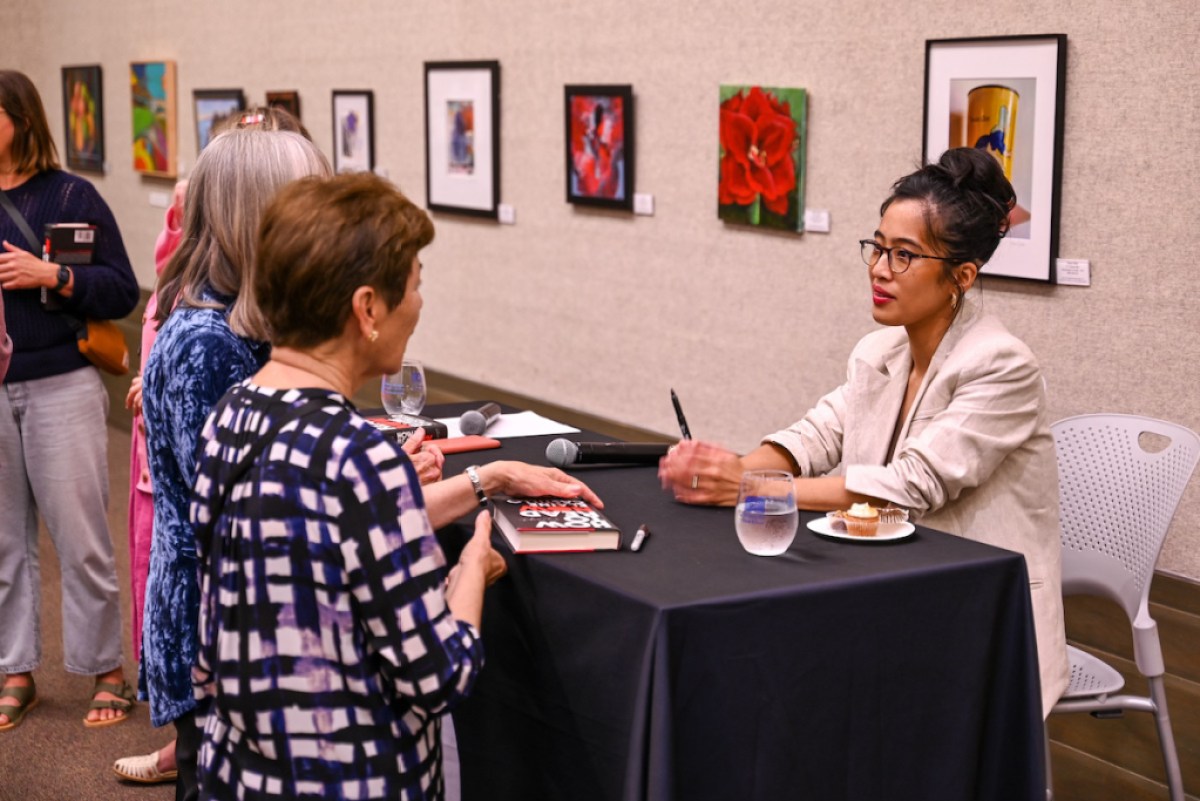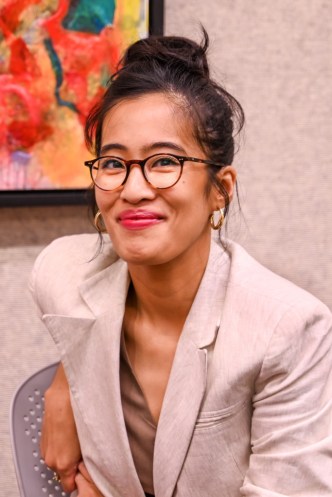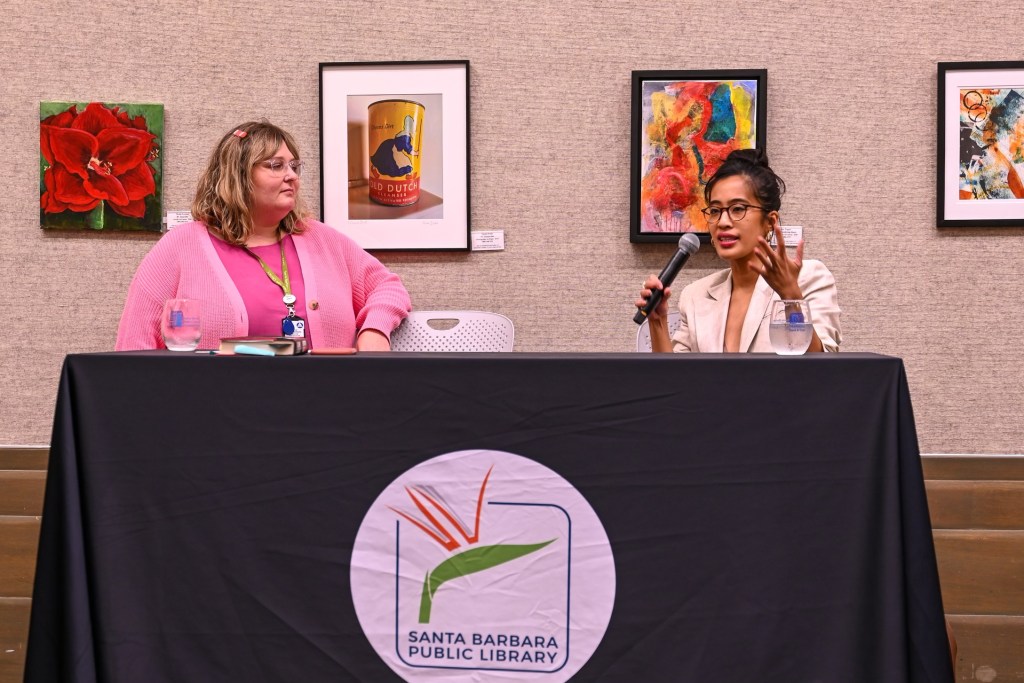Elaine Castillo Shares
‘How to Read’
at Santa Barbara
Public Library
Best-selling Author Shares Tips
for Reading Critically
By Hannah Weaver | July 13, 2023

Beyond simply ingesting words from a page, it’s time to think more deeply about why and how you read, which is the premise of Elaine Castillo’s new book, How to Read. In support of the idea that reading should be a mindful practice, rather than merely a mindless escape, last month, Santa Barbara Public Library hosted Castillo in a special summer reading kickoff event.
Here are her top tips for reading deeply.

Read Our Cover Story with T.C. Boyle
Literary Columns, Newsletters, Book Reviews, Santa Barbara Authors, Poetry, and More for Summer Reading


Interrogate your motives.
Castillo points out that, many white readers tend to read works by authors of color to become more empathetic. “The way that kind of ‘read diverse books’ is sort of employed in our literary discourse is ultimately this kind of prescription medicine, or your protein shake — ‘build your empathy muscles’ — because you’ll read about Filipinos and then you’ll realize they’re human,” she said. Instead she advises readers to:
“Expand what it means to read diversely.”
Too often, readers treat diverse reading as something to check off the list. Rather than sitting down with your diversity read of the year, Castillo encourages us to think about how even the classics can be read through a critical lens.
“I think read[ing] diversely shouldn’t just mean … ‘I read a book by a Filipino author today. So, check, I read diversely,’ ” she said. “For me, I read Jane Austen diversely. I think it’s more interesting to read critically, to read irreverently, [and] to read combatively.”
What does it mean to read combatively?
Though often riddled with harmful views of gender, race, and sexuality, Castillo finds reading older classics the perfect opportunity to learn through questioning. Instead of putting aside these elements as outdated, she encourages readers to challenge them. This practice can be applied to any book, old or new.
Remember that everything has an important political context.
Castillo grew up reading Austrian writers such as Peter Handke, who has since been criticized as a genocide-denier. It’s not uncommon for writers like him to spur cries of “separating the art from the artist,” but the same is not always extended to writers outside of the white male mold.
“It is a certain form of empathy to read a writer like that, and never hold that author or that book to task for its political context,” she said. “But then to politicize everything that a writer of color writes as ‘this is a political comment on what it means to be a Filipino woman in the ’90s or ’70s.’ ”
Allow critical reading and pleasure reading to coexist.
One audience member asked Castillo how to balance watching or reading something that may be entertaining but also have problematic elements. Her advice? Embrace your inner killjoy.
“I don’t mind being the killjoy at a party, necessarily, so there is like a perverse enjoyment that I get out of that. Which, I think, once you lean into that, it’s quite fun,” she said. “I accept that there are … parts of films or parts of books, just as there are parts of me, that are unruly and uncomfortable and not politically correct, whatever that means, and that are flawed. I don’t think there should be a divide really between engaging in something critically and engaging in something … for pleasure.”





You must be logged in to post a comment.